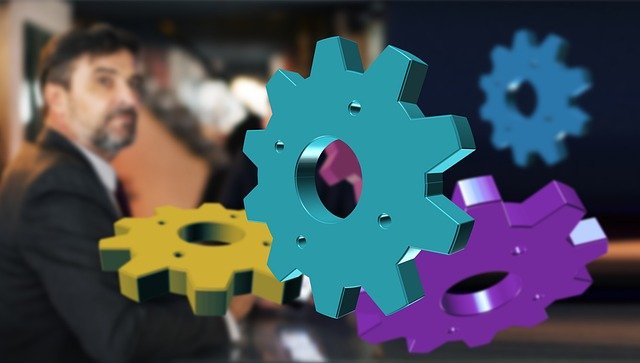Unraveling the Enigma of Axolotl Regeneration
The remarkable ability of axolotls to regrow lost limbs has captivated scientists and animal enthusiasts alike. These aquatic salamanders, native to Mexico, possess an extraordinary talent for regeneration that surpasses that of any other vertebrate. This article delves into the fascinating world of axolotl regeneration, exploring its mechanisms, potential applications, and the ongoing research that could revolutionize regenerative medicine.

The Axolotl: Nature’s Master of Regeneration
Axolotls (Ambystoma mexicanum) are neotenic salamanders, meaning they retain juvenile features throughout their lives. Native to the lake complex of Xochimilco near Mexico City, these amphibians have become increasingly rare in the wild due to habitat loss and pollution. However, their popularity in research laboratories and as exotic pets has ensured their survival in captivity.
What sets axolotls apart is their unparalleled regenerative capacity. Unlike most vertebrates, which form scar tissue when injured, axolotls can regenerate entire limbs, organs, and even portions of their brain and spinal cord without scarring. This process is not just a simple regrowth of tissue; it involves a complex interplay of cellular and genetic mechanisms that scientists are only beginning to understand.
The Cellular Ballet of Regeneration
When an axolotl loses a limb, a remarkable sequence of events unfolds. Within hours of the injury, cells at the site begin to divide rapidly, forming a structure called a blastema. This mass of undifferentiated cells is the key to the axolotl’s regenerative abilities.
The blastema contains a mix of stem cells and dedifferentiated cells—mature cells that have reverted to a more primitive state. These cells then undergo a process of redifferentiation, forming new muscles, bones, nerves, and skin. What’s truly astounding is the precision of this process; the regenerated limb is an exact replica of the original, down to the last cell.
Genetic Insights: Decoding the Regeneration Blueprint
Recent advancements in genetic sequencing have provided unprecedented insights into the axolotl’s regenerative abilities. In 2018, scientists successfully sequenced the axolotl genome, revealing it to be ten times larger than the human genome. This vast genetic blueprint contains crucial information about the mechanisms underlying regeneration.
Researchers have identified several genes that play pivotal roles in the regeneration process. For instance, the PAX7 gene is essential for muscle regeneration, while the TGF-beta pathway is crucial for initiating the regenerative response. Understanding these genetic pathways could potentially allow scientists to activate similar regenerative processes in other animals, including humans.
From Axolotls to Humans: The Promise of Regenerative Medicine
The implications of axolotl regeneration research for human medicine are profound. While humans possess limited regenerative capabilities, such as liver regrowth, we cannot regenerate entire limbs or organs. By understanding and potentially replicating the axolotl’s regenerative processes, scientists hope to develop new treatments for a wide range of conditions.
Potential applications include regenerating damaged heart tissue after a heart attack, regrowing severed nerves to treat spinal cord injuries, and even regenerating entire limbs for amputees. While these goals may seem like science fiction, the rapid progress in axolotl research brings them closer to reality with each passing year.
Challenges and Ethical Considerations
Despite the exciting potential, translating axolotl regeneration research to human applications faces significant challenges. The vast differences between axolotl and human biology mean that direct application of axolotl regeneration techniques is not feasible. Instead, scientists must unravel the fundamental principles of regeneration and find ways to apply them to human physiology.
Moreover, the research raises important ethical questions. As we develop more advanced regenerative technologies, we must carefully consider their implications for human society and individual identity. The prospect of limb regeneration, for instance, could dramatically alter our approach to disability and body modification.
The Future of Regeneration Research
As research into axolotl regeneration continues to advance, it opens up new avenues for scientific exploration and medical innovation. The field of regenerative medicine is rapidly evolving, with axolotls at the forefront of this biological revolution.
Current market estimates suggest that the global regenerative medicine market could reach $151 billion by 2026, reflecting the enormous potential of this field. While axolotl-inspired treatments are still in the early stages of development, they represent a significant portion of this emerging market.
As we continue to unlock the secrets of axolotl regeneration, we edge closer to a future where lost limbs and damaged organs could be regrown rather than replaced. The journey from the lakes of Mexico to the forefront of medical science is a testament to the enduring power of nature to inspire and guide human innovation.
In conclusion, the study of axolotl regeneration stands as a shining example of how insights from the animal kingdom can drive groundbreaking advancements in human medicine. As we delve deeper into the cellular and genetic mechanisms behind this remarkable ability, we move closer to a future where regenerative therapies could transform the lives of millions. The axolotl, with its perpetual smile and extraordinary talents, may well hold the key to unlocking our own regenerative potential.





